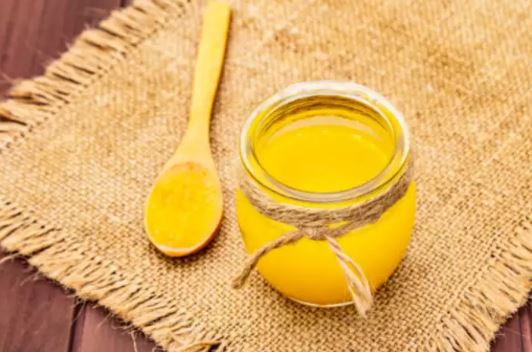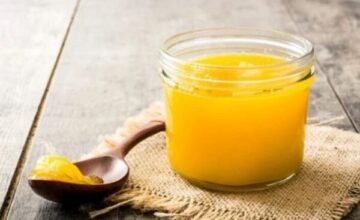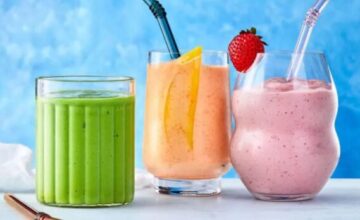
Ghee, a form of clarified butter, is a staple in cuisine and has gained popularity worldwide.
While traditionally associated with weight gain due to its high-calorie content, recent studies and trends suggest that ghee can play a role in both weight loss and weight management when consumed in moderation and as part of a balanced diet.
Ghee primarily consists of saturated fats, including medium-chain fatty acids like butyric acid, known for potential anti-inflammatory properties.
It also contains fat-soluble vitamins A, E, and D, essential for various bodily functions.
While high in calories, ghee’s unique fatty acid composition offers potential health benefits when consumed in moderation, but individuals should be mindful of overall dietary fat intake.
How does ghee help in weight gain?
Ghee is calorie-dense, providing about 120 calories per tablespoon. For individuals aiming to gain weight or those with high energy requirements, incorporating ghee into their diet can contribute to a caloric surplus, essential for weight gain. Ghee is a source of saturated fats, which can be beneficial for weight gain when consumed mindfully. Saturated fats are more calorie-dense than carbohydrates or protein, making them an efficient way to increase calorie intake. Consuming ghee can enhance the absorption of fat-soluble vitamins, promoting overall health and potentially supporting weight gain.
How does ghee help in weight loss?
Ghee contains medium-chain fatty acids, which are easily digestible and are believed to be metabolized more efficiently than long-chain fatty acids. MCFA can be used by the body for energy production rather than being stored as fat. This may support weight loss by promoting a faster metabolic rate. Conjugated Linoleic Acid (CLA) is a type of fatty acid found in ghee, which some studies suggest may have potential benefits for weight loss. CLA has been associated with increased metabolism and the reduction of body fat, making it an interesting component for those looking to lose weight.
Ghee is healthier than many cooking oils
Ghee has a higher smoke point compared to many vegetable oils, meaning it can be heated to higher temperatures without breaking down and producing harmful compounds. Using ghee for cooking can be a healthier alternative to other oils, promoting weight loss by supporting overall health. The healthy fats in ghee, along with its rich flavor, can contribute to satiety. Including ghee in meals may help regulate appetite and reduce the likelihood of overeating, supporting weight loss efforts. Ghee is low in carbohydrates and has a minimal impact on blood sugar levels. Stabilizing blood sugar levels can be beneficial for weight management, as it helps prevent energy crashes and cravings that may lead to unhealthy eating habits. It is virtually free of lactose and casein, making it suitable for those with lactose intolerance. Ghee is also rich in antioxidants and may aid in nutrient absorption.
How to eat ghee in moderation?
While ghee can be beneficial, it’s essential to consume it in moderation. Be mindful of portion sizes, as excessive calorie intake, even from healthy fats, can contribute to weight gain. Use ghee as a part of well-balanced meals that include a variety of nutrients. Pair it with vegetables, lean proteins, and whole grains for a wholesome and nutritious diet. Opt for high-quality, grass-fed ghee when possible. This type of ghee may contain more beneficial nutrients, such as omega-3 fatty acids and antioxidants. Individual responses to dietary fats vary. Factors like metabolism, activity level, and overall health should be considered when determining how much ghee to include in the diet.
Make sure you consume pure ghee only
Pure ghee is typically golden-yellow and clear. Impurities may cause cloudiness or an off-color. Authentic ghee has a rich, nutty aroma. Any unpleasant or rancid smell may indicate impurities. It has a distinct, pleasant taste. Bitterness or an off-flavor suggests impurities. It should be smooth and creamy at room temperature. Graininess or an unusual texture may indicate adulteration. Place a small amount on your palm; pure ghee should melt easily without leaving residues.




